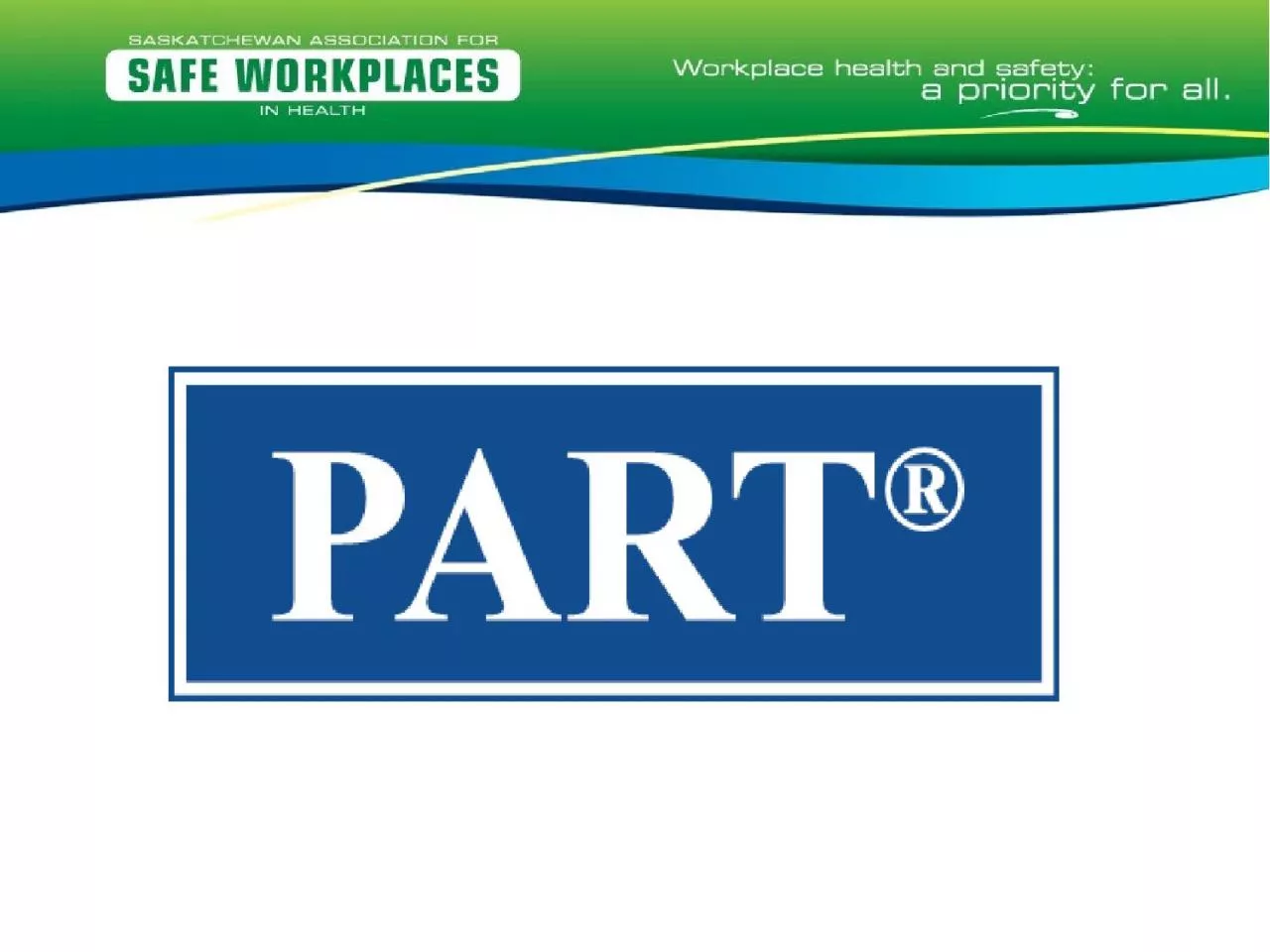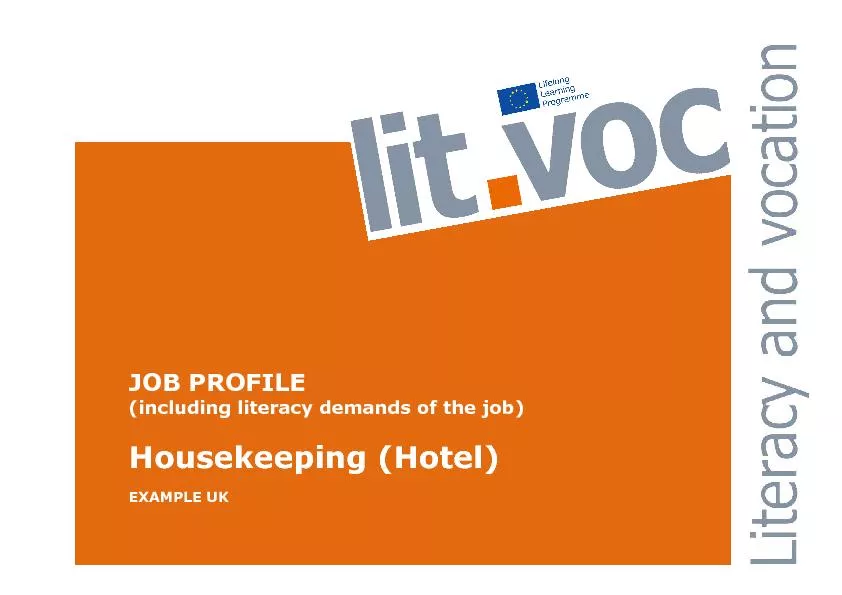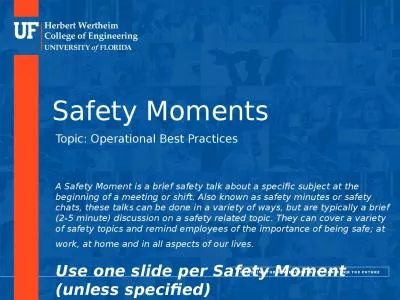PPT-Housekeeping Details Course Objectives
Author : fiona | Published Date : 2023-11-23
Understand that violence happens in Health Care We can do things to help prevent these incidents through Professionalism and Preparation Learn to Identify various
Presentation Embed Code
Download Presentation
Download Presentation The PPT/PDF document "Housekeeping Details Course Objectives" is the property of its rightful owner. Permission is granted to download and print the materials on this website for personal, non-commercial use only, and to display it on your personal computer provided you do not modify the materials and that you retain all copyright notices contained in the materials. By downloading content from our website, you accept the terms of this agreement.
Housekeeping Details Course Objectives: Transcript
Download Rules Of Document
"Housekeeping Details Course Objectives"The content belongs to its owner. You may download and print it for personal use, without modification, and keep all copyright notices. By downloading, you agree to these terms.
Related Documents













![[EPUB] - Good Housekeeping Kids Bake!: 100+ Sweet and Savory Recipes (Good Housekeeping](https://thumbs.docslides.com/890682/epub-good-housekeeping-kids-bake-100-sweet-and-savory-recipes-good-housekeeping-kids-cookbooks-615580a2c9391.jpg)
